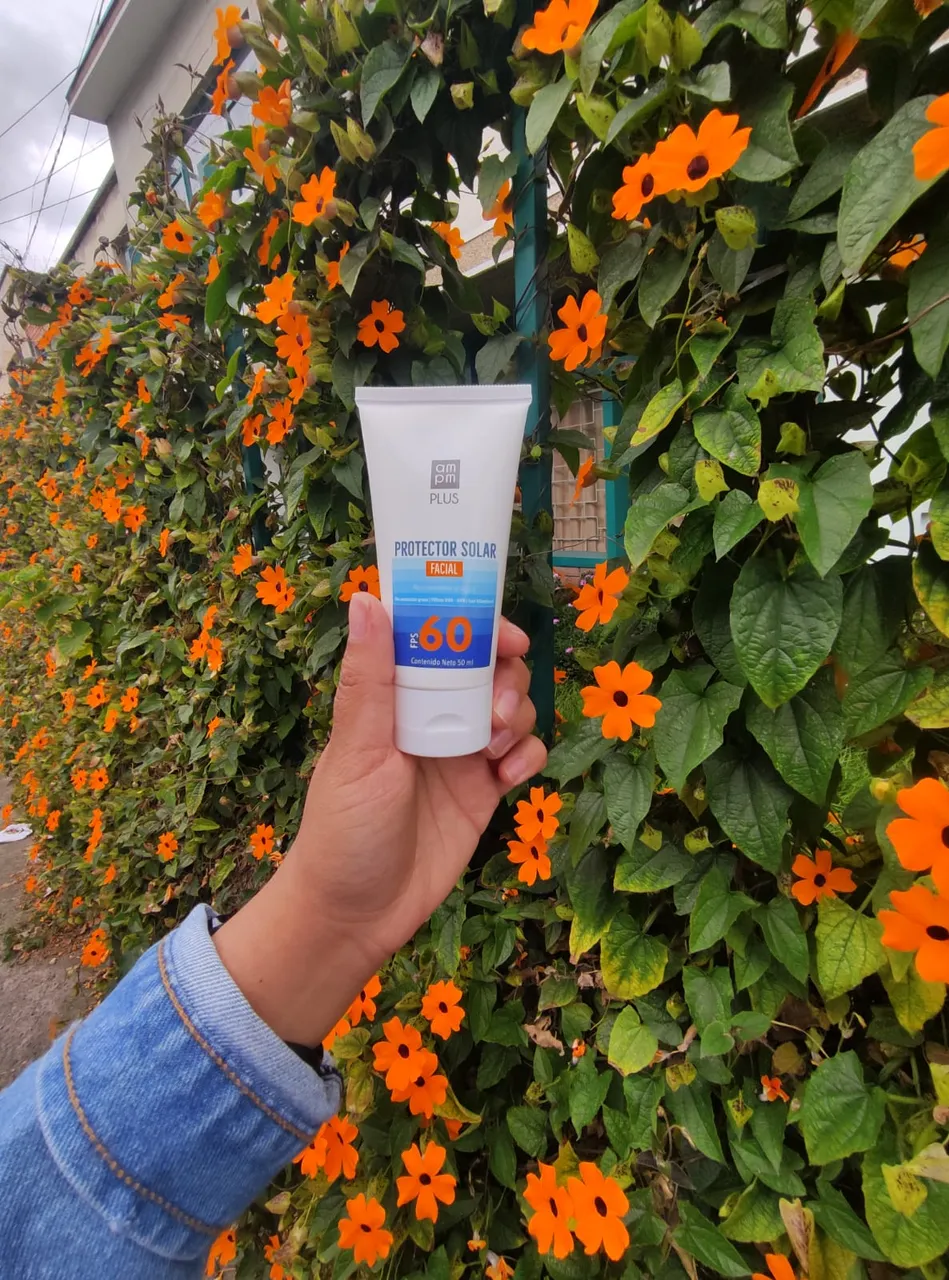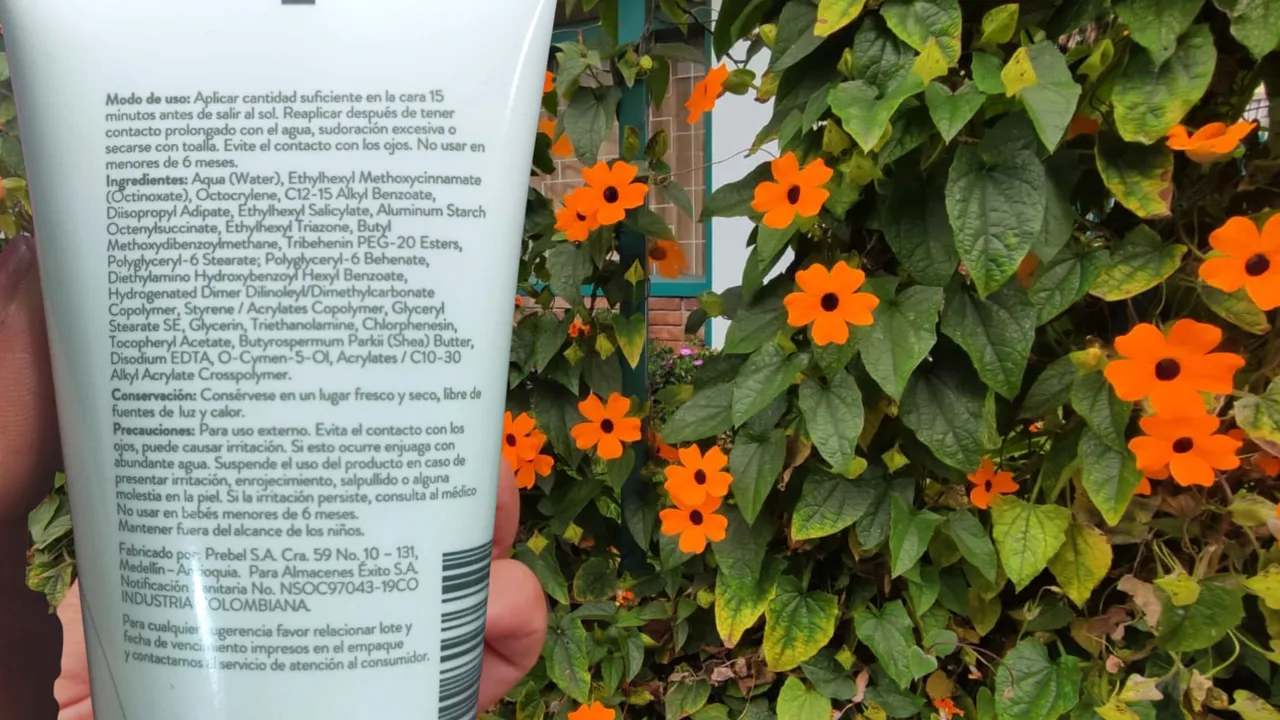
Lo más divertido del mundo del skincare en la actualidad es que la variedad de productos es inmensa y apunta a necesidades, gustos y presupuestos diversos. En la actualidad no tenemos muchas excusas para no cuidar nuestra piel ya que ahora es más fácil conseguir un producto que se ajuste a nuestras necesidades y bolsillo. En mi caso, me gusta pararme frente a los anaqueles en las farmacias y mirar etiquetas, comparar precios y leer ingredientes hasta escoger algo que considere una buena opción. A veces utilizo marcas reconocidas e internacionales para probar qué tal son, pero realmente lo que más me gusta probar son las marcas nacionales, las cuales suelen ser más accesibles y, en ocasiones, un verdadero tesoro al que vale la pena darle una oportunidad.
La marca colombiana ampm ya la conocía por algunos productos que había comprado mi madre, y por un tónico facial que yo compré hace un par de meses. Lo que realmente llama la atención de esta marca son los precios, ya que es muy económica. Lo siguiente es ponerla a prueba porque de nada vale comprar a bajo costo y que no se sienta un verdadero efecto sobre nuestra piel. También pienso que no todos los productos de una marca serán igual de efectivos, algunos serán mejores que otros y algunos le harán bien a nuestra piel y puede que otros no surtan efecto. La clave está en probar y probar, hasta conseguir el producto que más nos guste.
En mi caso, eso es lo que hago con los protectores solares. Hasta ahora no me he casado con ninguno, y aunque tengo un par de favoritos, sigo probando nuevas opciones. Por eso decidí probar el Protector Solar Facial de la marca ampm, y realmente lo primero que me llamó la atención fue el costo de 3.5 dólares aproximadamente, por 50g de producto. Este es oficialmente el protector más económico que he comprobado en Colombia, pero, ¿realmente valdrá la pena?

Este protector solar tiene un FPS de 60, es resistente el agua, incluye vitamina E y tiene filtros UVA-UVB.
El segundo ingrediente principal de este protector solar es el ethylhexyl methoxycinnamate. Con una búsqueda rápida en internet leí que es un protector solar "de vieja escuela" y que actualmente hay opciones de mayor calidad para la piel, además, puede ser un ingrediente comedogénico, lo que incrementa las posibilidades de producir acné. Los siguientes también son ingredientes de protección UVA o UVB químicos y según lo que leí, algunos no tienen suficiente evidencia científica de que sean "Buenos" para la piel, y de otros se ha restringido su empleo a concentraciones limitadas, ya que pueden ser disruptores endocrinos. Entre sus ingredientes está también la manteca de karité, un ingrediente no favorecedor a las pieles grasas. Les dejo en una fotografía la lista de ingredientes, por si les llama la atención investigar un poco más.

Aunque en la etiqueta del producto dice que no es grasoso, la verdad es que deja un brillo sobre la piel que no me gustó. Si prefieren los protectores solares "toque seco", este producto está muy alejado de ser el ideal. Un punto positivo es que no tiene perfumes y tampoco deja residuos blancos.
Sinceramente, lo que más me desanimó de este protector solar fueron los ingredientes. Leer sobre ellos me hizo pensar que no sé si sea seguro usarlo a largo plazo. Se necesitan más estudios y evidencia científica para probar su eficacia y seguridad. Esto me lleva a concluir que debemos tener cuidado con los productos que agregamos a nuestra rutina de skincare. En todos lados leemos la importancia de usar protector solar pero creo que es aún más importante tener conocimiento sobre lo que nos ponemos en nuestra piel. El punto no es usar cualquier protector solar, sino, usar uno seguro y bueno.
Esta reseña no fue lo que pensaba pero me permitió pensar un poco sobre el tema de salud, más allá de la estética y cosmética. Cuéntame en los comentarios. ¿Lees las etiquetas de los productos que utilizas? ¿Buscas información sobre los ingredientes? nos leemos allí!

The funniest thing about the world of skincare today is that the variety of products is immense and caters to different needs, tastes and budgets. Nowadays we don't have many excuses not to take care of our skin as it is now easier to get a product that suits our needs and pocket. In my case, I like to stand in front of the shelves in pharmacies and look at labels, compare prices and read ingredients until I choose something I consider a good option. Sometimes I use well-known and international brands to see what they are like, but what I really like to try the most are the national brands, which are usually more accessible and, sometimes, a real treasure worth giving a chance.
I already knew the Colombian brand ampm from some products my mother had bought, and from a facial toner I bought a couple of months ago. What really stands out about this brand are the prices, as it is very economical. The next thing is to put it to the test because there is no point in buying cheap and not feeling a real effect on our skin. I also think that not all products of a brand will be equally effective, some will be better than others and some will do our skin good and others may not work. The key is to try and try, until you get the product that you like the most.
In my case, that's what I do with sunscreens. So far I haven't settled on one, and although I have a couple of favourites, I keep trying new options. That's why I decided to try ampm's Facial Sunscreen, and the first thing that really caught my eye was the cost of about $3.5 for 50g of product. This is officially the cheapest sunscreen I've tried in Colombia, but is it really worth it?

This sunscreen has an SPF of 60, is water resistant, includes vitamin E and has UVA-UVB filters.
The second main ingredient in this sunscreen is ethylhexyl methoxycinnamate. With a quick internet search I read that it is an "old school" sunscreen and that there are now higher quality options for the skin, plus it can be a comedogenic ingredient, which increases the chances of acne. The following are also chemical UVA or UVB protection ingredients and from what I read, some do not have sufficient scientific evidence that they are "good" for the skin, and others have been restricted to use in limited concentrations as they may be endocrine disruptors. The ingredients also include shea butter, an ingredient that is not favourable for oily skin. The list of ingredients is shown in a photo, in case you want to investigate further.

Although it says on the label that it's not greasy, the truth is that it leaves a shine on the skin that I didn't like. If you prefer "dry touch" sunscreens, this product is far from ideal. On the plus side, it's fragrance-free and doesn't leave a white residue.
Honestly, what put me off the most about this sunscreen were the ingredients. Reading about them made me think that I don't know if it's safe to use in the long term. More studies and scientific evidence are needed to prove its efficacy and safety. This leads me to conclude that we need to be careful about the products we add to our skincare routine. We read everywhere about the importance of using sunscreen but I think it is even more important to be aware of what we put on our skin. The point is not to use just any sunscreen, but to use a safe and good one.
This review was not what I thought it would be, but it allowed me to think a bit about health, beyond aesthetics and cosmetics. Tell me in the comments, do you read the labels of the products you use, do you look for information about the ingredients, and I'll read you there!
Todas las imágenes de esta publicación son de mi autoría, editadas en aplicaciones como CANVA y GIPHY. El contenido también es original y propio.
All images in this post are my own, edited in apps like CANVA and GIPHY. The content is also original and mine.